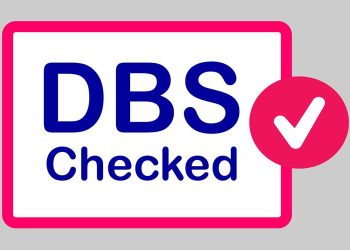Sprint planning is a crucial event in the scrum process workflow that sets the stage for an effective sprint. With careful planning and preparation, teams can conduct efficient and productive sprint planning sessions. Optimizing the sprint planning process is key to maximizing the output of each sprint. Here are some tips for optimizing your sprint planning process.
Define a Clear Purpose
Start your sprint planning meeting by restating its purpose – which is to define and commit to the work to be done in the upcoming sprint. Remind attendees of the timebox and encourage them to stay focused on the goal. Establish an agenda upfront to keep the meeting on track.
Prepare User Stories in Advance
The product owner should spend time prior to sprint planning grooming and refining the product backlog and drafting user stories. Complete stories with clear requirements and acceptance criteria can streamline planning discussions. Avoid bringing unfinished stories into the meeting.
Limit Attendees
Only core team members like the product owner, scrum master, developers, and testers who will be doing sprint work should attend. Stakeholders and sponsors can join briefly for context but keep the number of participants small to promote an efficient working session.
Encourage Active Participation
Sprint planning should be an interactive, two-way discussion. Promote collaboration by allowing all team members to ask questions and provide input on scope and work estimates. Avoid letting any one person dominate the conversation.
Reach Early Alignment on Goals
Use the first part of sprint planning to gain alignment on the sprint goal and which backlog items can be reasonably completed. The product owner should introduce high-priority stories but be open to the team’s input on deliverables.
Define Tasks Collaboratively
Break down user stories into tasks as a group during the second part of planning. Draw on the experiences of developers and testers to identify dependencies and effort levels. Capture all tasks in enough detail to inform work in progress.
Estimate Quickly
Keep time spent estimating tasks short by using relative sizing (e.g. small, medium, large) rather than time. Move fast through the stories – teams can refine estimates during the sprint as needed. Focus more on alignment and less on accuracy.
Set Realistic Commitments
Teams should commit only to the amount of work they can complete in a single sprint, accounting for vacations, meetings, and other realities. Remember past performance and capacity when forecasting. Build in cushion for unexpected issues.
Inspect and Adapt
Conduct a short retrospective after each sprint planning to identify areas for improvement. Adjust your approach based on feedback from the team. Problems like unclear requirements or unrealistic estimates may signal a need to refine earlier backlog grooming processes.
Effective sprint planning sets up the team for success in the sprint by ensuring everyone understands the goals, scope, estimates, and assignments. Follow the above tips to run efficient planning sessions and optimize your broader scrum process workflow. With practice, your team can complete robust planning in the timebox.













